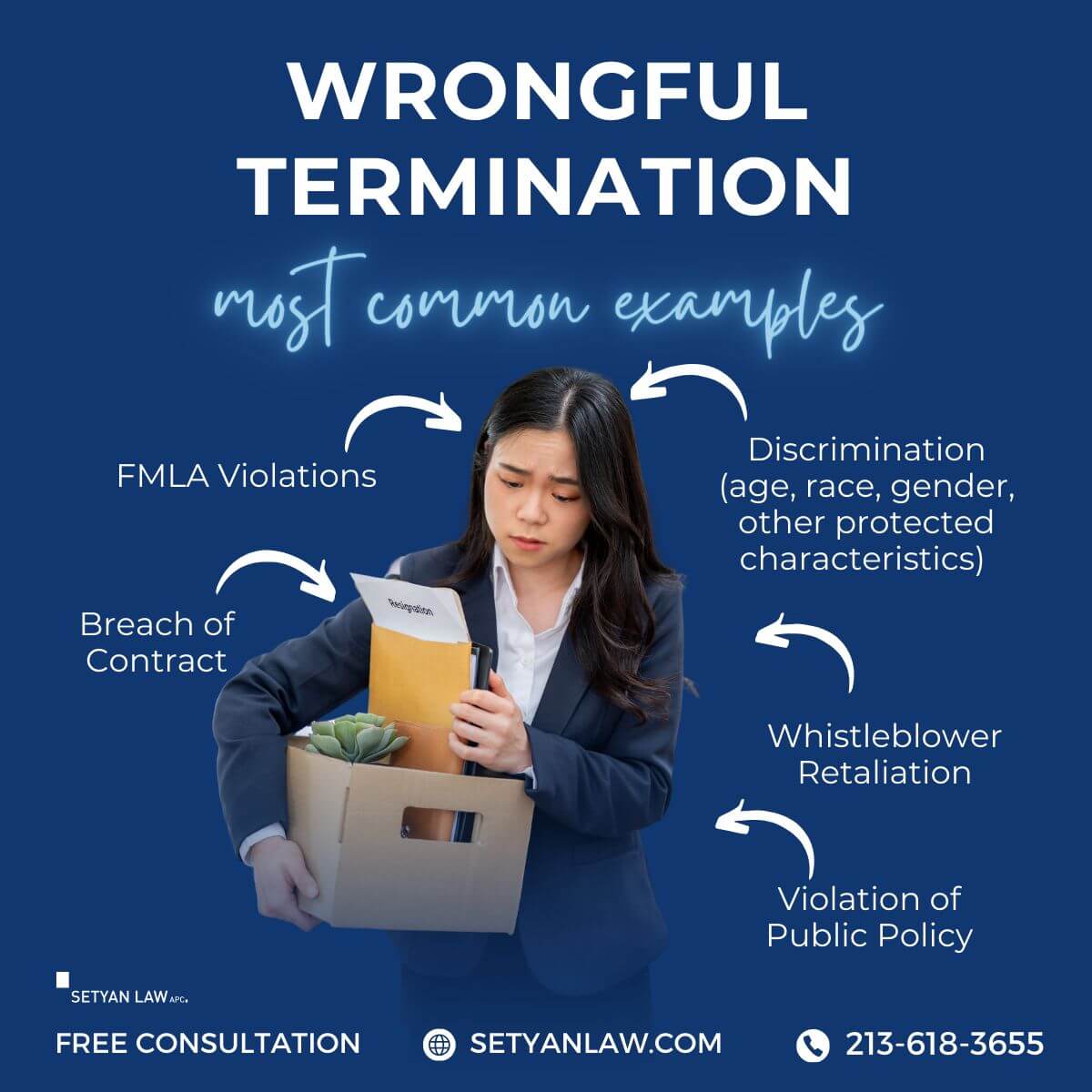Updated January 23, 2024
AI and Tech Layoffs in the Workplace
In today’s rapidly evolving technological landscape, the integration of artificial intelligence (AI) and the occurrence of tech layoffs have become common occurrences in the tech industry. While AI presents opportunities for innovation and increased efficiency, it also raises legal implications for both employers and employees. This article aims to explore the legal ramifications of AI and tech layoffs, providing insights into wrongful termination, mass layoffs, and discrimination based on protected classes. We will also offer guidance on steps to take if you suspect wrongful termination, along with case studies highlighting the impact of tech layoffs on employees. Ultimately, our goal is to empower individuals with knowledge to navigate these complex legal challenges.
The Impact of AI on the Workforce
As AI technology continues to advance, there is growing concern about its potential to replace human workers. However, studies conducted by McKinsey indicate that while AI can automate certain tasks within jobs, only a small percentage of occupations can be fully automated. It is estimated that approximately 60% of jobs could have at least one-third of their activities automated by AI. This transformation in the workplace is expected to require as many as 375 million individuals to switch occupational categories by 2030.
While AI may lead to job redundancies, it also creates new positions and expands the significance of existing roles. It is crucial to recognize that AI-driven automation will not completely replace human workers but rather redefine their roles within organizations. Employers must adapt to these changes and provide training and re-skilling opportunities to help employees transition into these new roles.
Understanding Wrongful Termination in the Age of AI
Wrongful termination refers to the unlawful termination of an employee that violates employment laws or contracts. In the context of AI-driven tech layoffs, it is essential to distinguish between individual and mass layoffs. Individual layoffs occur when employers terminate the employment of one or more employees based on performance, misconduct, or redundancy. These individual layoffs are typically based on the merits of the employee and are subject to different legal requirements compared to mass layoffs.
Mass layoffs, on the other hand, involve the termination of a significant number of employees simultaneously. In the United States, the Worker Adjustment and Retraining Notification (WARN) Act requires employers with 100 or more employees to provide a 60-day notice before a mass layoff affecting at least 50 employees or 33% of the workforce. Compliance with the WARN Act is crucial to avoid potential legal challenges and liabilities.
Protected Classes and Discrimination in Tech Layoffs
Discrimination based on protected classes is illegal and can lead to legal action against employers. Protected classes encompass groups of individuals protected under federal and state employment laws, including race, color, religion, sex, national origin, age, disability, and genetic information. In the context of tech layoffs, discrimination may occur when employers terminate the employment of employees based on their membership in a protected class.
To ensure compliance with anti-discrimination laws, employers must demonstrate that their decisions regarding layoffs are based on legitimate, non-discriminatory reasons, such as job performance or business necessity. Employers should conduct a thorough analysis of their layoff decisions to identify any potential disparate impacts on protected classes. Taking proactive steps to mitigate discrimination risks is essential to avoid legal consequences.
Legal Implications of Tech Layoffs for Employers
Tech layoffs pose legal implications for employers, necessitating careful planning and execution to avoid legal challenges. Employers must ensure compliance with applicable employment laws and regulations, including providing proper notice for mass layoffs under the WARN Act or similar state laws. Failure to comply with these legal requirements can result in legal action, including claims of wrongful termination, discrimination, or breach of contract.
To minimize legal risks, employers should consider several strategies. First, employers should assess the business necessity and fairness of the layoffs, ensuring they are not based on discriminatory factors. Second, employers should provide employees with appropriate notice and severance packages, taking into account their length of service and other relevant factors. Third, employers should offer retraining and re-skilling opportunities to affected employees to facilitate their transition into new roles within the organization.
Protecting Employee Rights Amidst Tech Layoffs
Employees who have been laid off due to tech layoffs should be aware of their legal rights and protections. It is crucial to understand the terms of any employment contracts, collective bargaining agreements, or company policies that may govern the layoff process. Employees should consult with an employment law attorney to evaluate potential claims of wrongful termination, discrimination, or breach of contract.
If an employee suspects wrongful termination or discrimination, they may file a complaint with the Equal Employment Opportunity Commission (EEOC) or a relevant state employment agency. These entities will investigate the claims and may take legal action on behalf of the employee if appropriate. It is essential for employees to gather any evidence, such as emails, performance reviews, or witness statements, that support their claims.
Case Studies: Tech Layoffs and Wrongful Termination
Several high-profile cases have shed light on the legal implications of tech layoffs and wrongful termination. For instance, Google employees organized a walkout in 2018 to protest the company’s handling of sexual harassment allegations and the treatment of contract workers. In 2020, IBM faced a lawsuit for alleged age discrimination after laying off older workers and replacing them with younger employees. These cases highlight the importance of conducting layoffs in a legal and ethical manner, ensuring fairness and compliance with employment laws.
Conclusion
As AI continues to shape the tech industry, employers and employees must navigate the legal implications of AI-driven tech layoffs. Employers should prioritize compliance with employment laws, providing proper notice, and avoiding discrimination based on protected classes. Employees should be aware of their legal rights, consult with legal professionals, and file complaints if they suspect wrongful termination or discrimination. By understanding and addressing the legal challenges posed by AI and tech layoffs, both employers and employees can work towards a fair and equitable future in the rapidly evolving tech landscape.
If you need employment litigation, please call Setyan Law at (213)-618-3655. Free consultation.





